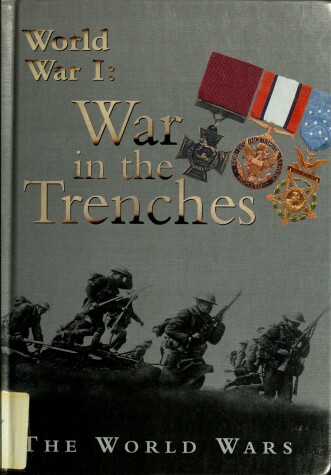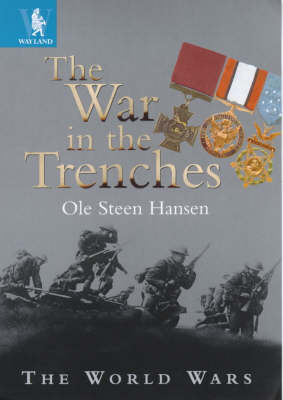World Wars
1 primary work • 5 total works
Book 36
This book addresses key questions such as: how did the Allies and Germany become so literally entrenched and unable to make any significant progress; What strategic philosophies caused generals on all sides to accept such a horrendous loss of life; and, What was life like for ordinary soldiers fighting and living in the trenches. It includes an analysis of the key battles of Verdun, the Somme and the third battle of Ypres - otherwise known as Passchendaele, or the 'battle of the mud'.
The war, which began in Europe in 1939 in response to Hitler's invasion of Poland, escalated into a conflict of global proportions. This book describes the military manouvres and tactics that helped determine the victories and defeats that changed the course of the Second World War. How did the Allies secure their successes in the Mediterranean and the Pacific? What was the nature of the fighting in Eastern Europe? What was the impact of the US and Japan entering the war? How did the Allies win back Nazi-occupied territories? Through clear, well-written, authoritative text packed with useful information and fascinating, thought-provoking photographs, paintings, posters, cartoons and maps, these questions are answered alongside analytical detail of some of the famous battles of World War II - in north Africa, in the Pacific, on the Eastern front, in the Atlantic and in Normandy.




